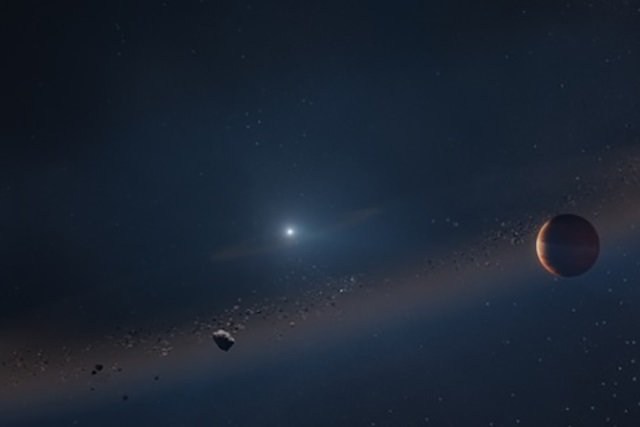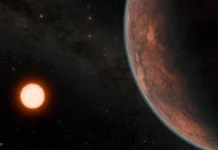
Astronomers at the W.M. Keck Observatory have discovered a planetary system close to the center of the Milky Way galaxy that experienced the death of its star, similar to what’s expected when our sun explodes.
The system is composed of a gas giant exoplanet larger than Jupiter orbiting a white dwarf star, or dead star, that is about 40% smaller than the sun.
The researchers, supported by the U.S. National Science Foundation, published the results in Nature.
With this discovery, scientists now have evidence that planets can survive the death of a star.
Studying the planetary system will reveal more about what happens to planets that orbit dead stars.
Evidence indicates that distant planets are more likely to emerge changed but not destroyed.
For example, in Earth’s solar system, Jupiter and Saturn could survive the self-destruction of the sun and exist without the sun’s heat and light.
“Earth’s future may not be so rosy because it is much closer to the sun,” said co-author David Bennett, a senior research scientist at the University of Maryland.
“If humankind wanted to move to a moon of Jupiter or Saturn before the Sun fried the Earth during its red supergiant phase, we’d still remain in orbit around the sun, although we would not be able to rely on heat from the sun as a white dwarf for very long.”
Scientists are conducting an initiative to catalog white dwarf stars with intact planets. The data gathered will allow astronomers to estimate how frequently exoplanets are spared the same fate as their stars.
“This is an extremely exciting result,” said John O’Meara, chief scientist at the W.M. Keck Observatory.
“It’s wonderful to see an example of the kind of science Keck will be doing en masse” in the future.



